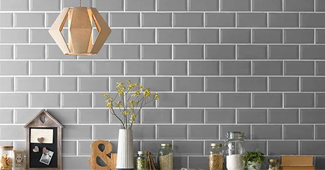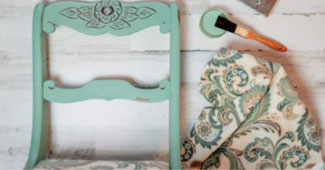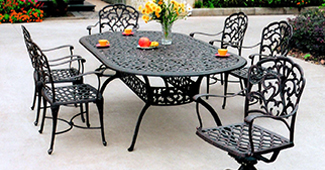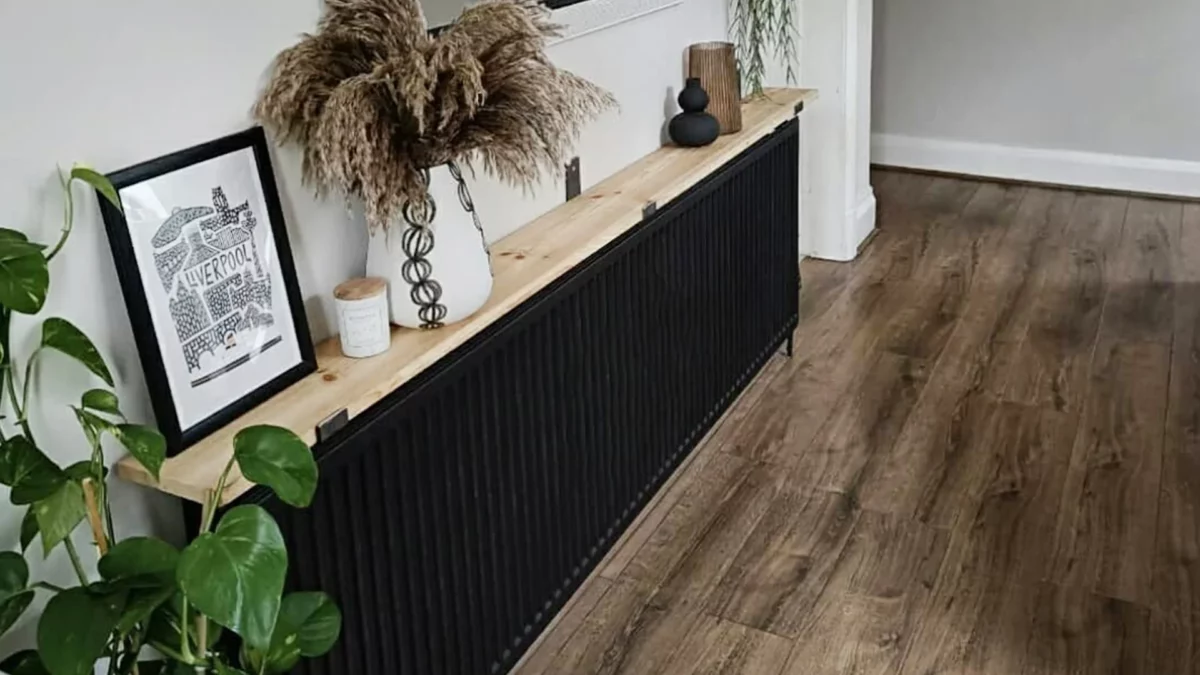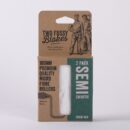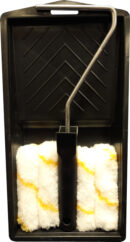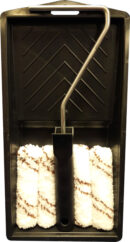Perhaps you are wondering how to paint a radiator or if it is advisable to do so. The team at the Paint Shack is here to guide you step by step through the process.
Yes, you can paint your radiator with little work and for a surprisingly low cost. You just need to be are able to hold a brush and don’t mind leaning over or kneeling. The necessary supplies, depending on whether you’re using a brush or spray paint, are listed below.
Although conventional paint cannot be used to paint radiators, doing so can be inexpensive, simple, and enjoyable if done correctly. When done incorrectly, it might be a serious concern. However, with a few guidelines, you can paint your radiators any color you like in a matter of minutes.
Painting your radiator may be an excellent method to avoid purchasing a whole new radiator. Ensure it is still functioning well and has no cold patches or chilly bottom. Therefore, let’s get started with this essay on how to properly paint a radiator.
It is not necessary to remove your radiator from the wall when painting. You can easily paint without removing it.
What You’ll Need To Paint Your Radiator
So let’s start to gather the key things you’ll need to get started painting your radiator.
– Cleaning Supplies: It’s a good idea to clearn your radiator before starting using washing up liquid and some warm water. Ensure the raditaor is fully dry before proceeding to paint.
– Floor Protection: Anything to shield your floor from paint should be used, such as old sheets or newspaper.
– Sandpaper: Its a good idea to give your radiator a quick sanding to enable the paint to bond better. We recommend a medium grit sandpaper.
– Paint: Your choice of color (tinned or spray) radiator paint as well as primer.
– Paint Brushes: A selection of paintbrushes
– Carboard: Its important to protect the room wall. Its a good idea to put a large piece of cardboard, or similar) between the radiator and the wall. If you’re painting your pipes or keeping your radiator mounted to the wall.
Steps How to Paint a Radiator
Painting a radiator can be a bit tricky, but with the right preparation and materials, it can be done successfully. Here is an overview of the process:
- Turn off the heat and ensure the raditor is cool to the touch before painting.
- Clean the radiator thoroughly with a degreaser or TSP (trisodium phosphate) solution to remove any dirt, grease, or oil. Scrub the radiator with a wire brush or sand it with fine-grit sandpaper. This will remove any rust and create a smooth surface for the paint to adhere to.
- Mask off any areas that you do not want to paint. This includes walls or floors, using masking tape and plastic sheeting.
- Apply a radiator primer to the surface to help the paint adhere better. Follow the manufacturer’s instructions for drying time.
- Choose a paint that is suitable for radiators and has good durability. Epoxy or heat-resistant paint is commonly used for radiators.
- Apply the paint using a roller or brush, following the manufacturer’s instructions. Allow the paint to dry completely before applying a second coat, if necessary.
- Once the paint is dry, turn the power or water supply back on to the radiator. Now its time to test it to ensure that it is working properly. Naturally, your painting sould not affect your radiator in anyway.
Note: It is always best to do a small test patch before starting the whole process. This enables your to check the compatibility of the paint with the radiator’s surface and of course the colour. Also, make sure to work in a well-ventilated area or use a respirator to avoid inhaling paint fumes.


